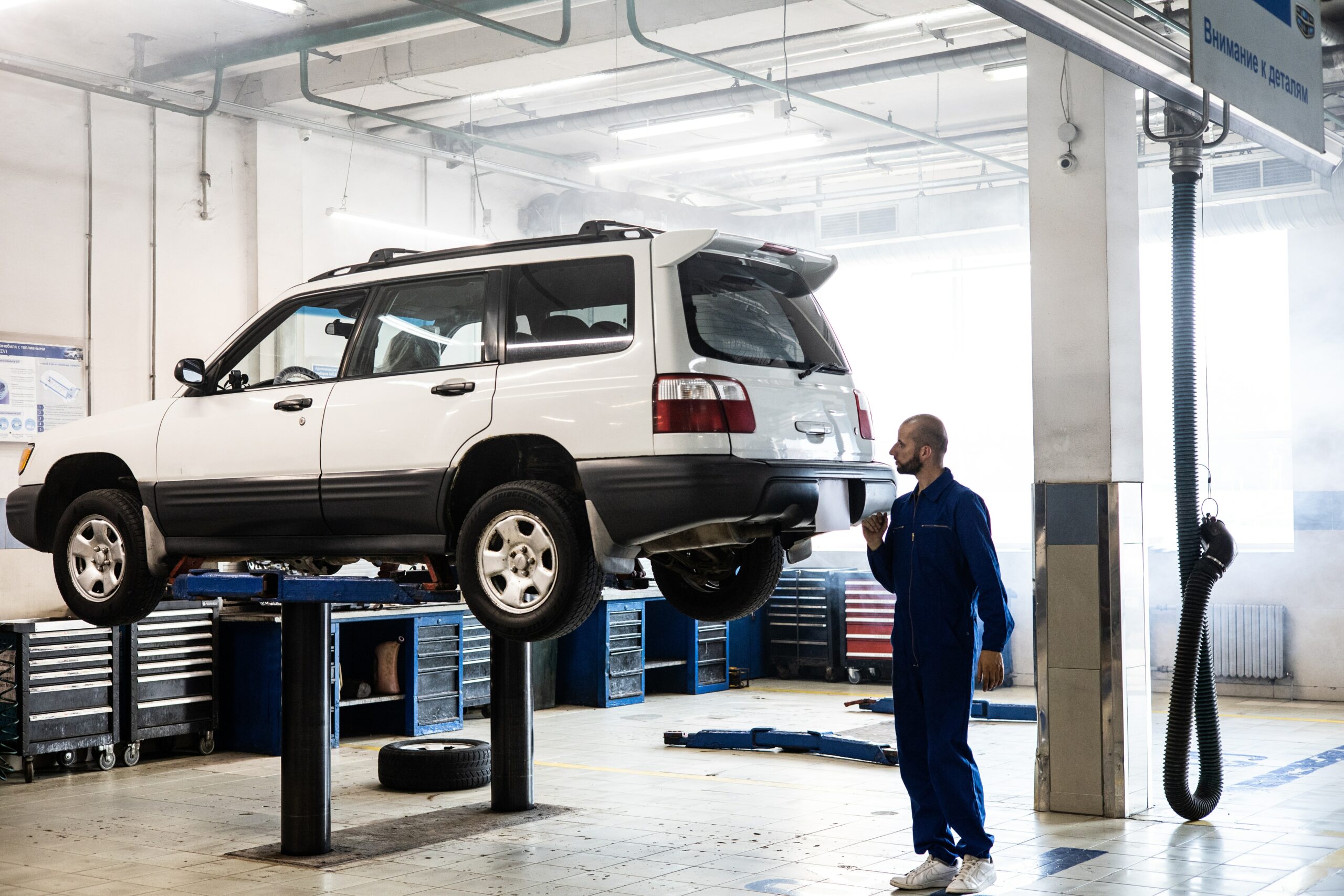
How Much to General Auto Repair Shops Earn on Repairs
Sure, that local auto repair shop sure seems to be doing well, but have you ever wondered how much? Take a closer look at several car repair bills and you may notice significant labor charges on most of them. Not to mention that a quick look often also reveal that various web stores have lower prices for most of the parts in question.
At this point, most car owners would conclude the repair shop is ripping them off and start thinking about alternatives. Some of them might even decide to get a car service manual and take maintenance into their own hands. But is it that simple? To find out, let’s explore what profit margins most auto repair shops have and whether or not going DIY makes sense.
How Do Auto Repair Shops Make Money?
Let’s imagine a customer who had his car in for a service paid $1,000 in total. And for the sake of the argument, let’s say labor costs summed up to $400, while the rest were for the parts. As obvious as it may sound, not all the money here is profit, as every business has certain expenses.
When it comes to labor costs, most car repair shops have profit margins that vary between 40 and 60 percent. This means the repair shop will spend approximately half of those labor-related $400 on paychecks and other corresponding expenses such as power bills, insurances, etc.
As many know, parts replaced during a repair are another essential item on every bill, and of course, repair shops make a certain profit out of this. However, the sheer amount of parts they buy grants them certain rebates with their suppliers, which may not always be transferred to you. These rebates usually vary between 15 and 40 percent, depending on the supplier and size of the repair shop itself.
Ways of Saving Money on Car Maintenance
With all this in mind, it is no surprise that so many owners sometimes think about repairing their cars on their own. Doing so would sure offer several upsides, with the potential for considerable savings being the most obvious one.
The owner would obviously avoid paying for labor costs by fixing his own car, which usually sums up to a hefty amount. And with all the tutorials and repair manuals for cars like those sold by eManualOnline, even complicated tasks seem much more straightforward. This alone may be enough of a reason, although it is also possible to save money on parts, as well. A quick search on online auto parts stores may reveal prices relatively lower than those offered by repair shops.
Money savings that come with DIY car repairs may be the most significant upside, but not the only one. Owners who repair cars in their garages will avoid journeys to the repair shop, saving a lot of time in the end too. Not to forget that mastering new skills is always a good thing and can come in handy at any point in life. Next time you are stranded on the side of the road, you’ll be more than happy to have learned how to install a spare.
By that point, the concept of repairing the car by yourself probably appears to shape up quite well. But before going down that route, it is important to keep in mind that there are one or two drawbacks to consider.
DIY Repairs – Are They Worth it?
For a start, it is essential to remember that professional mechanics are trained experts with a lot of experience. Not only does this allow them to work fast and efficiently, but it allows them to overcome unforeseen obstacles with ease.
Meanwhile, amateur DIY mechanics will usually work slower and might find themselves in trouble when something goes wrong. The sheer complexity of modern-day cars is another potential obstacle, as many repairs involve various special tools and equipment. Although renting these tools is possible, many will only realize they need them once they are deep into the repair. Moreover, doing anything underneath the car without a lift can be a bit tricky depending on the task at hand.
There is, however, a simple way to overcome all these obstacles and carry out almost any repair like a professional. As obvious as it may sound, the key factor here lies in preparation and planning ahead. The would-be mechanic will know what to do and have everything needed by gathering information about the repair beforehand.
Of course, one way of making sure you are prepared for whatever may happen is by going through how-to guides, tutorials, and forums. But while these places can be valuable sources of information, their scope and accuracy may sometimes be limited. If you want to be confident about the reliability of the instructions you follow, a service and repair manual for your specific car is a much better alternative for any DIY mechanic. They will provide detailed troubleshooting and repair procedures, clear and easy-to-follow electrical diagrams as well as reliable data about fluid capacities and torque specifications.
Last Words
Car maintenance can be pretty expensive, especially when a lot of work is involved. To save money, DIY repairs can be a neat way of avoiding labor-related expenses. Still, keep in mind that a lack of skill and inadequate equipment can cause substantial issues. In all cases, having access to all the necessary information and preparing for the repair will help overcome these obstacles—and this is where repair manuals will come in pretty handy.










